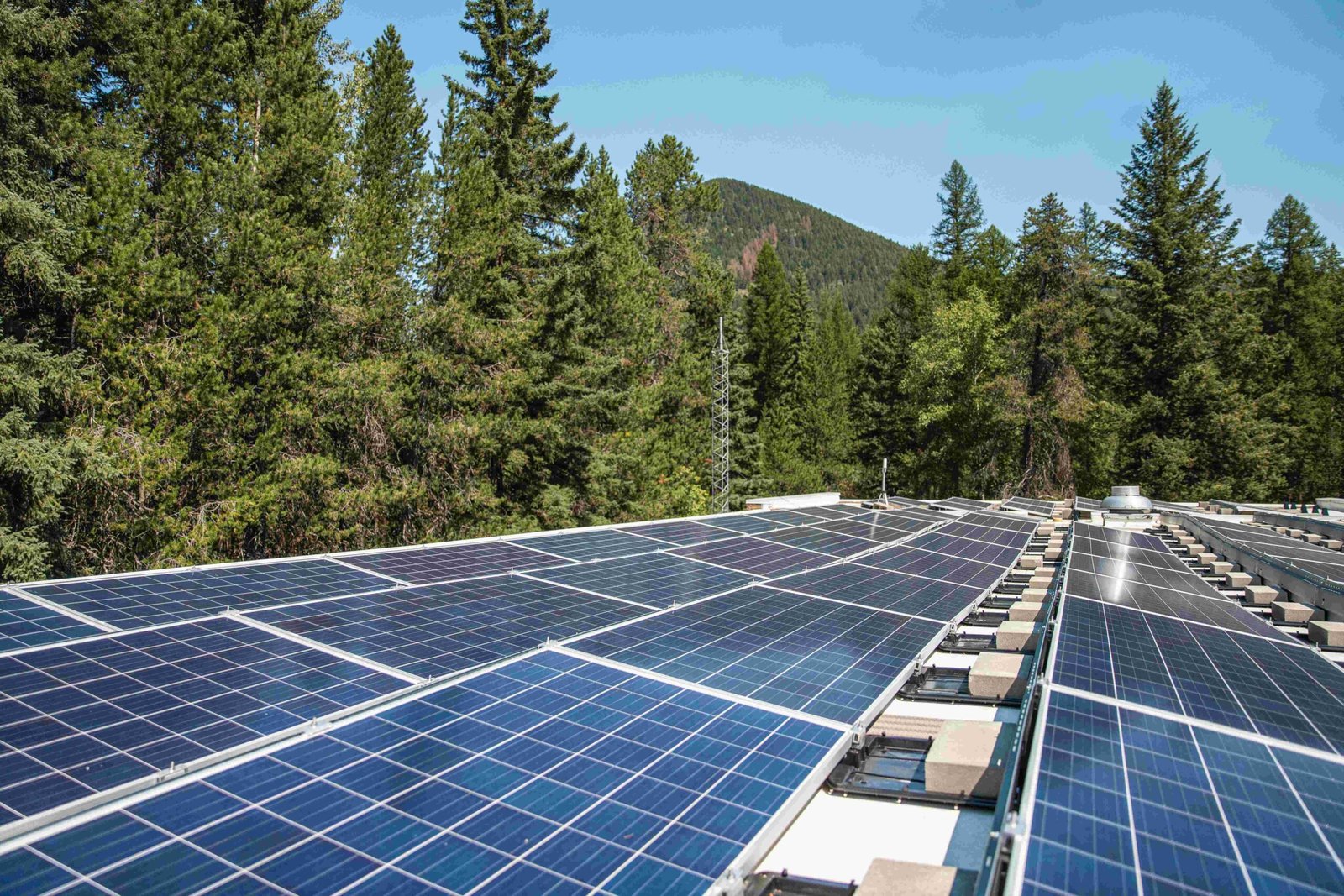Glacier National Park’s citizen science program engages volunteers in biodiversity monitoring and climate change research. Participants contribute to vital data collection on species like mountain goats, pikas, and loons. The program offers various projects with flexible time commitments, providing training and equipment. Volunteers gain hands-on experience in ecological research while supporting park conservation efforts.
What Are the Current Citizen Science Projects in Glacier National Park?

Glacier National Park’s Citizen Science Program focuses on several key projects that monitor biodiversity and track the impacts of climate change:
High Country Citizen Science Project
This project targets three important species:
- Mountain Goats
- Bighorn Sheep
- Pikas
Mountain Goat Surveys
- Methodology: Volunteers use binoculars and spotting scopes to observe mountain goats at designated sites for one hour.
- Data Collected: Age, sex, and behavior of mountain goats.
- Training: Includes mountain goat ecology, identification, and classification techniques.
Pika Surveys
- Methodology: Volunteers hike to talus patches to search for pikas and their signs.
- Data Collected: Presence of pikas, pika signs, and pika pellets for genetic analysis.
- Importance: Helps track pika population trends and genetic connectivity in response to climate change.
Common Loon Citizen Science Project
- Focus: Monitoring common loon populations and reproductive success.
- Survey Sites: 45 priority lakes within the park.
- Data Collected:
- Population size
- Nesting behaviors
- Chick hatching rates
Hawk Watch Citizen Science Project
- Location: Mount Brown hawk watch site.
- Timing: September and October during fall migration.
- Species Observed: Eagles, hawks, and falcons.
- Methodology: Volunteers use binoculars to spot and count migrating raptors.
How Can Volunteers Participate in Glacier National Park’s Citizen Science Program?

Participation in the Glacier National Park Citizen Science Program is open to individuals with varying levels of commitment:
Citizen Scientist Role
- Time Commitment: Minimum of 3 surveys per season.
- Flexibility: Conduct surveys on your own schedule while hiking in the park.
VIP (Volunteer in Park) Citizen Scientist Role
- Time Commitment: 50 hours throughout the season.
- Benefits:
- Same backcountry access as park employees.
- Safety tracking similar to staff members.
Skills and Training
- No prior experience required.
- Comprehensive training provided, covering:
- Species identification
- Use of field equipment (binoculars, GPS, etc.)
- Survey protocols
Application Process
- Contact the Glacier National Park Citizen Science Program via email: glac_citizen_science@nps.gov
- Visit the program’s website for additional information and application details.
Costs and Benefits
| Costs | Benefits |
|---|---|
| No participation fees | Sense of stewardship |
| Personal transportation to sites | Greater awareness of park resources |
| Insight into ecological research methods | |
| Hands-on conservation experience |
How Do Citizen Science Initiatives Address Climate Change in Glacier National Park?
Citizen science projects in Glacier National Park play a crucial role in monitoring and understanding the impacts of climate change on the park’s ecosystems:
High Country Citizen Science Project
Objectives:
– Establish baseline population data for mountain goats and pikas.
– Monitor long-term population trends in relation to climate change.
Measurable Outcomes:
1. Annual mountain goat population estimates.
2. Changes in species distribution over time.
3. Genetic connectivity analysis for pikas.
Pika Pellet Patrol
Focus: Monitoring pika populations in response to warming temperatures.
Key Activities:
– Collecting pika pellets for genetic analysis.
– Documenting pika occupancy in various habitats.
– Identifying crucial corridors for population connectivity.
Importance: Pikas are sensitive to temperature changes, making them excellent indicators of climate change impacts in alpine environments.
What Are the Logistical Details for Participating in Glacier National Park Citizen Science?
Accessibility of Project Sites
- Range: From roadside locations to remote backcountry areas.
- Hiking Distances: Up to 15 miles each way for some survey sites.
Transportation
- Responsibility: Volunteers provide their own transportation to survey sites.
- Assistance: Park staff may offer trip planning support.
Equipment Provided
| Equipment | Purpose |
|---|---|
| Binoculars | Wildlife observation |
| Spotting scopes | Detailed animal viewing |
| Compasses | Navigation |
| GPS receivers | Location tracking |
| Smartphones | Data recording (for pika surveys) |
Regulations and Guidelines
- Adhere to all park regulations.
- Follow safety protocols provided during training.
- Respect backcountry access rules, especially for VIP volunteers.
- Maintain ethical wildlife viewing practices.
Participating in Glacier National Park’s citizen science program offers a unique opportunity to contribute to vital research while experiencing the park’s stunning landscapes. Whether you’re tracking mountain goats on alpine ridges or monitoring loon nests on serene lakes, your efforts directly support conservation and our understanding of climate change impacts in this iconic ecosystem.